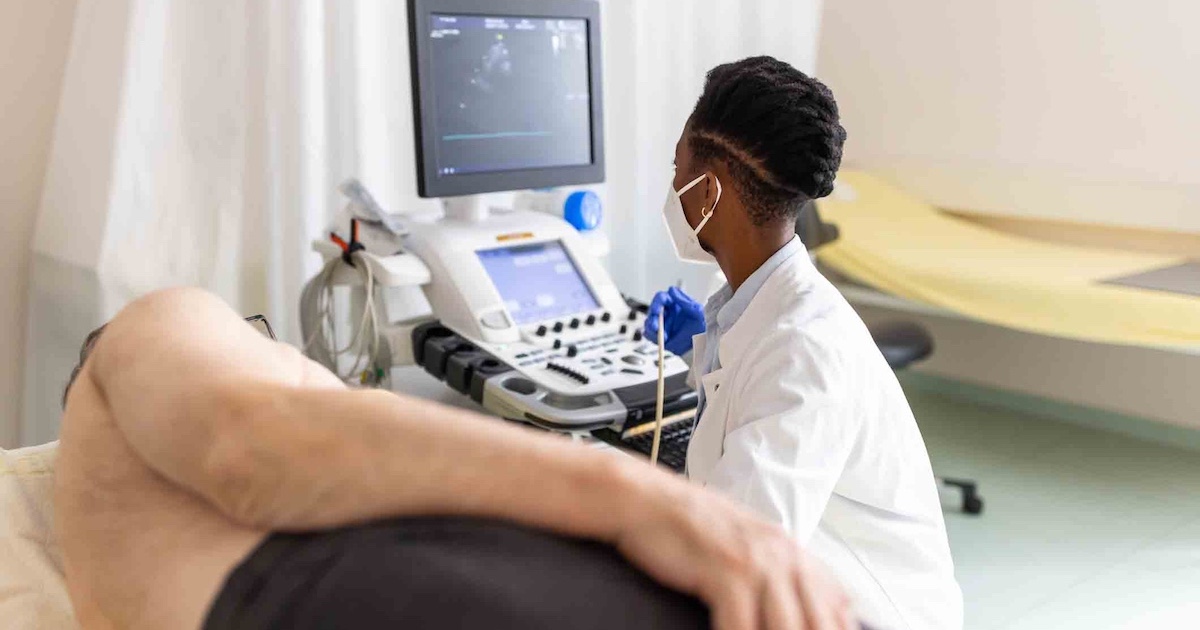Telehealth and mHealth supporters have long sought to stake a claim to different parts of the healthcare landscape. But proof is emerging that the lines are blurring, and that the future – and the success of both concepts – might lie in integration.
GreatCall, makers of the popular Jitterbug phone, announced earlier in January the commercial availability of Health Buddy Mobile, a platform on the Jitterbug Plus cellphone that enables users to connect with Robert Bosch Healthcare's telehealth solutions. The platform, tailored for those with chronic diseases, enables users to connect to their care manager via a cellphone with pre-loaded applications, eliminating the need for a landline, Internet access or WiFi connectivity.
While home-based telehealth solutions have long shown promise in helping people with chronic health issues, a key barrier has been the cost of placing a monitoring unit in the home. The mHealth movement and its promise of access through mobile devices could give telehealth providers a means of broaching that barrier.
But mHealth faces issues in this space as well. A 2013 survey conducted by PEW Research found that 45 percent of American adults are living with at least one chronic condition, but many of them are less likely to have an Internet connection or a mobile phone. They're also more likely to want to talk to their healthcare providers more frequently. In terms of seniors, roughly 80 percent are living with one ore more chronic conditions, the PEW survey found, but only 18 percent own smartphones or tablets.
[See also: Giving caregivers tools to succeed.]
David L Inns, San Diego-based GreatCall's president and CEO, sees the partnership with Bosch as the perfect marriage between telehealth and mHealth.
“Older Americans and the underserved have the greatest need for help with the day-to-day management of their health issues," Inns said in a prepared statement, adding that running Health Buddy Mobile on the Jitterbug addresses seniors needs for mobility along with a usable interface.
Robert Bosch Healthcare, based in Palo Alto, Calif., has long been known for its line of home-based telehealth solutions, like the Health Buddy and T400 "Turtle." During the past year, the company has sought to branch out from traditional telemedicine in deals with GreatCall and Remedy Health Media, a New York-based developer of clinical resources and wellness solutions. In both cases, Bosch is seeking to expand its market by introducing new channels of healthcare delivery.
At that same time that Health Buddy Mobile was unveiled, in fact, Bosch and Remedy Health announced the release of Health Buddy Web, a platform of evidence-based health management programs available on computers, tablets and smartphones.
In that announcement, Bosch Healthcare President Micha Kirchhoff said Health Buddy Web "provides greater flexibility to support where and when patients access their telehealth sessions while expanding the scope of our content in ways we believe will better engage patients in self-managing their care."
“Individuals with chronic conditions come from a variety of life stages and lifestyles, and our portfolio of telehealth solutions needs to reflect this," Kirchhoff said is to "reach more individuals and help them improve their quality of life," and also to "impact the disproportionate healthcare utilization and costs associated with chronic illnesses.”
Through the Health Buddy platform, patients can contact their care manager on a daily basis to deliver vital signs, answer questions about medication compliance and physical and mental health, and get information about their conditions. Care managers, in turn, can use the results of that interaction to tailor a specific care plan.
At the 2014 International CES conference in Las Vegas, Inns pointed out that integrated telehealth and mHealth solutions enable providers to put together case-specific care plans for their patients, while giving consumers more opportunities to connect with care teams at the time and place of their choosing.
Inns, who was showcasing both the Health Buddy Mobile announcement and the new GreatCall Link app, which connects all of the company's health and safety resources, said telehealth and mHealth solutions will only work if they link together all the participants in the care management team, starting with the consumer and branching out to providers, family members and other caregivers.
Related articles:
Could gamification be a secret to cutting care costs?


